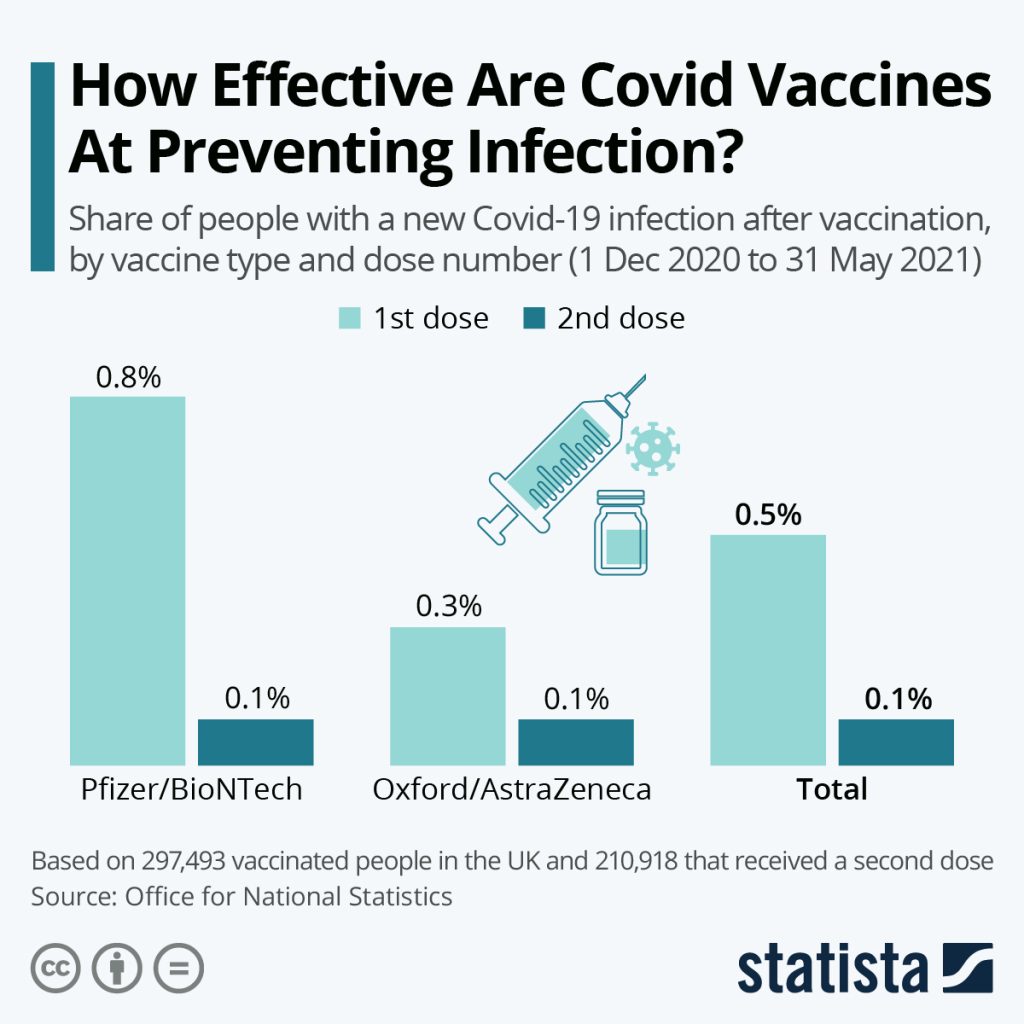
The analysis presented focuses on the overarching trend of declining hospitalizations correlating with an increase in booster vaccinations, eventually stabilizing over time. It further delves into the fourth section, comparing mortality rates based on vaccination numbers, with the horizontal axis representing the number of vaccinated individuals in billions and the vertical axis depicting the number of deaths in millions. The analysis indicates a general trend of decreasing mortality rates with an increasing number of vaccinations, showcasing fluctuations that reflect different waves of the disease and the impact of vaccination efforts.
Examining regional disparities in vaccination rates, the study highlights stark differences between affluent countries and regions experiencing extreme poverty. It notes that countries with higher incomes tend to have greater vaccination coverage compared to areas with severe poverty. Moreover, the analysis emphasizes the importance of booster vaccines in significantly reducing hospitalizations, contributing to the overall decline in mortality rates. This emphasizes the positive impact of vaccination campaigns on disease control, underscoring the pivotal role of booster shots in mitigating the impact of the ongoing health crisis.
In conclusion, the analysis underscores the critical role of vaccinations and booster shots in decreasing hospitalizations and mortality rates. It points out that the overall reduction in deaths and hospitalizations is closely linked to the increased vaccination coverage. Moreover, it draws attention to regional and economic disparities that can heavily influence vaccination rates, emphasizing the need for equitable vaccine distribution strategies to ensure broad-reaching protection and control of the disease.
